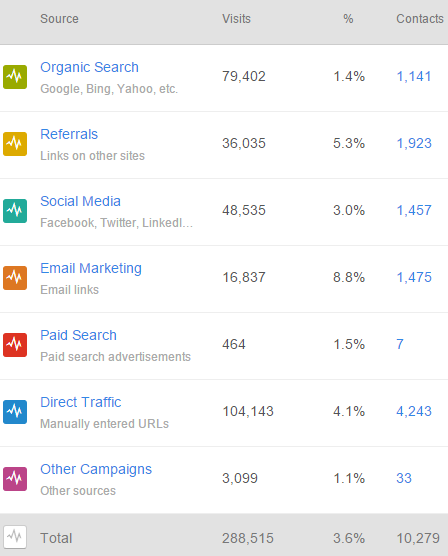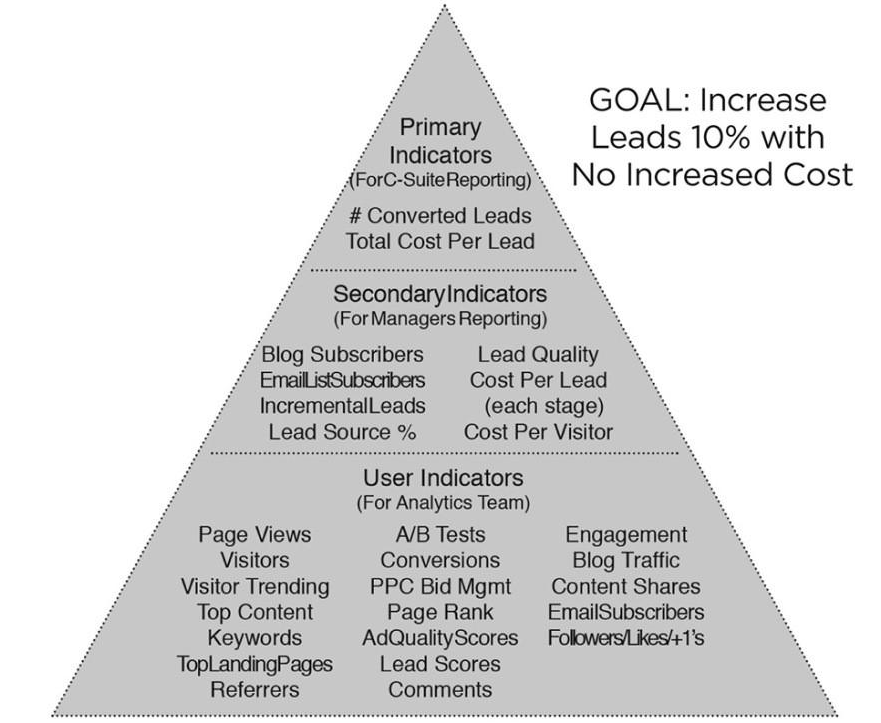
What Is A Content Marketing Strategy?
Everyone wants their content to be seen, but if your content marketing strategy is lacking purpose then are you creating content just for the sake of it?
Content. Everyone’s creating it. Bloggers boast sites with millions of visitors, vloggers are celebrities in their own right, and the internet is awash with articles covering every niche possible.
For businesses, the situation is remarkably similar. A mass of articles and “how-to” guides pushed out into the world on a daily basis, each one competing with every other for the attention of an audience but, ultimately, often ending up failing to win the war of B2B marketing differentiaton.
In fact, for the majority of businesses, they’re never going to win that war. They’re just fleshing out an already saturated world even further because higher quality is needed to save their content marketing strategy.
But why are they doing this? Why does so much content go unread?
Content is no doubt a fantastic way to interact with your target audience and to create a much greater level of visibility for your brand or product than you could potentially get without it. But creating a content marketing strategy for content’s sake is… well, pointless, to be perfectly honest. The reason it is pointless is because all it will do get lost among all the other content that is being created. And this cycle will continue to repeat itself again and again. Forrester even reports that in large enterprises as much as 50% of content goes unread. That is 1 in every 2 pieces of content lost!
So why are you creating all this content?
Sirius Decisions reports that, in B2B marketing alone, as much as 70% of content goes unread, 7 out of every 10 pieces. So, how does someone like you or I create a content marketing strategy that rises to the top and doesn’t get drowned out by the mundane? It’s no longer good enough to just be, well, good. You’ve got to be different.
As I mentioned further up the post, a lot of businesses are creating a content marketing strategy for the sake of creating content. It may be that they were using an agency of a certain discipline who are now offering content as part of an expanded product set as they make a shift into a digital world, or may have even hired marketers with the production of content a requirement of their job role. Yet time and time again, I get asked the same two questions:
“Why isn’t my content marketing strategy working?”
“How do I measure the success of my content marketing strategy?”
My answer to both of these questions is always the same:
“Why are you creating a content marketing strategy?”
Think about that for a moment. Just why exactly are you creating content? The pause you’re probably taking right now as you think about that question is exactly the same pause I get 9 times out of 10 when I ask the question. And the reason for that pause is the same every single time…
“I don’t know…”
Now don’t get me wrong, this isn’t “I don’t know” in the traditional sense of I’m doing it but I don’t know why. We all know we should be creating a content marketing strategy as part of our program, but move past this and things start to unravel a little bit because quite simply there hasn’t been any thought given to the purpose of the content. That’s right, nothing fancy. No magical theory to completely change the world. Just simple logic that can sit at the heart of everything we do on a day-to-day basis.
Ask yourself, are you able to look back at the content that you created and explain what the purpose behind each piece was? What you were looking to achieve with that blog post, or what the thought process behind that video? No? Maybe? Some? It isn’t a trick question or one with the aim of putting down the work that you have done, but that question is there to make you think.
Why Isn’t My Content MARKETING STRATEGY Working?
This is the question I am asked more often than any other. Not necessarily an easy question to answer either, as there can be many different reasons why. However, in order to understand why your content marketing strategy isn’t working, you need to be able to apply some context as to what exactly “content working” means in that particular instance.
At this point, we would look at what the purpose of that content is in order to apply that context. Let’s say, for example, that the purpose of a piece of content was to gain additional subscribers for a blog (pretty loose, I know, but we will expand on that a little further down the post). Straight away, we know that the content working, in this instance, can be measured by the amount of additions to a subscriber list. But if we don’t know what that purpose is, then how are we able to apply that context in order to answer the question?
Quick Tip
Understanding where your leads are coming from gives you a much better chance of understanding what type of content your audience is looking for. Don’t fall into the trap of not measuring this: 1 in 3 of B2B Marketers currently don’t track where their leads come from.

And this leads into the next question in the list of most common FAQs:
How do I measure the success of my content?
Again, the purpose cuts straight through the clutter, although this time we would want to look a bit beyond our first purpose of gaining additional blog subscribers and apply a bit more standard marketing methods to the mix. Let’s say we want to increase the amount of blog subscribers by 10% in the next 6 months off the back of creating a piece of content. Pretty smart, right? A measurable goal, a metric to apply success too, a timeline to which we are working, so from our purpose we once again have clear context given in order to be able to answer the question.
However, this is where it gets a bit more interesting. In order to measure the success of our primary goal, we need to understand more about the factors which drive our target audience to subscribing in the first place.
The Content Marketing Institute’s Joe Pulizzi discussed something similar in his blog article Measuring the Impact of Your Content Marketing Strategy: The Pyramid Approach and came up with this great visual of determining all of the factors involved in achieving his primary goal:

As you can see, Joe has determined that in order to achieve his primary goal of A, steps B, C and D need to happen in order to give him the best chance of success. This stems from understanding what the purpose of a content marketing strategy.
The important thing here is that you remember what the primary purpose behind your content is and stick to it. Really, that’s the true definition of a high-performing content marketing strategy. Creating content with purpose is the key, for example to:
- Drive more sales
- Increase blog subscribers
- Grow Twitter following
- Increase backlinks
- Increase volume of demo or trial sign ups
These are just a few of the many, many different purposes you might require content for. Again, focussing on just one of those will be much more effective than a focus on multiple, simply because there needs to be a priority in order to measure success.
Summary
Getting better at creating content, or content marketing in general doesn’t need to be an expensive exercise and it doesn’t have to take a significant amount of time.
For those who are ready to think strategically, to understand purpose and context, then instead of drowning in an ocean of content, just remember: purpose and differentiation.
Get the lowdown on the latest content marketing trends. Read our report Content Marketing in the UK 2018
Read the latest positioning trends and insights.
Tap into our brand and product positioning, storytelling, and creative expertise to inspire your next strategic move.

